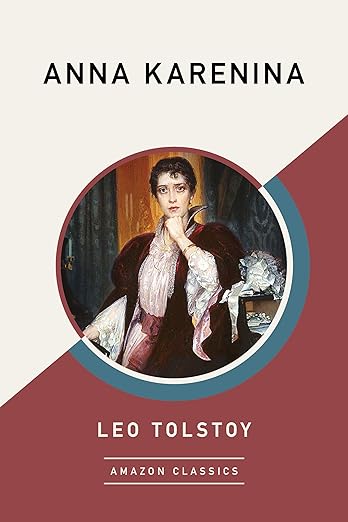The Diamond as Big as The Ritz
My father has a diamond bigger than the Ritz-Carlton Hotel." When John is invited to his friend's house for the summer, he do not really believe that he is going to the house of the richest man the world. But when he arrives, he soon discovers that he is incompletely different world. This is a world of unbelievable wealth, greed, adventure and cruelty...
A Sparkling Gem
Nestled within F. Scott Fitzgerald's vibrant collection of short stories, "The Diamond as Big as the Ritz" shines brightly as a captivating and multifaceted gem. This short yet impactful piece, a testament to Fitzgerald's masterful storytelling, takes readers on an unforgettable journey through the opulent world of the American elite, where extravagance and disillusionment intertwine.
A World of Opulence and Excess:
Fitzgerald paints a vivid picture of the wealthy class in the 1920s, a world of extravagant parties, lavish lifestyles, and insatiable desires. The titular diamond, a symbol of immense wealth and unattainable beauty, serves as the catalyst for a series of events that expose the shallowness and moral bankruptcy often hidden beneath the glittering facade.
Beyond Materialism:
While the story initially delves into the world of the privileged, it transcends mere materialism. Fitzgerald explores deeper themes of human nature, including the destructive nature of greed, the fleetingness of beauty, and the importance of finding meaning beyond material possessions.
Character Development and Irony:
Fitzgerald's characters, despite their affluence, are remarkably flawed and relatable. Their desires, insecurities, and ultimately their disillusionment with the emptiness of their lives resonate with readers, even those far removed from their social circles. The story's ironic twist further emphasizes the hollowness of chasing material wealth.
Strengths:
- Vivid descriptions: Fitzgerald's evocative writing transports readers to the opulent world of the 1920s, making them feel as though they are part of the story.
- Enduring themes: The story explores timeless themes of human nature that remain relevant even today.
- Character development: Despite their flaws, the characters are relatable and their struggles resonate with readers.
- Irony and symbolism: The story's use of irony and symbolism adds depth and meaning to the narrative.
Weaknesses:
- Limited scope: As a short story, the narrative is necessarily truncated, leaving some characters and plot points unexplored.
- Potential for ambiguity: Some readers may find the ending ambiguous and open to interpretation.
Overall Impression:
"The Diamond as Big as the Ritz" is a dazzling and thought-provoking short story that showcases F. Scott Fitzgerald's masterful storytelling abilities. It offers a glimpse into the world of the wealthy elite while exploring deeper themes of human nature and the limitations of material wealth. This timeless story is sure to leave a lasting impression on readers long after they turn the final page.
Recommendation: Highly recommended for readers who enjoy classic American literature, short stories, and thought-provoking narratives that explore themes of wealth, desire, and human nature.
How can you read this book?
Click these simple buttons to read this book today.
You may like these books..

|

|

|
F. Scott Fitzgerald, American Short-story Writer ![]()
Capturing the Essence of the Jazz Age
Francis Scott Key Fitzgerald, born on September 24, 1896, and departing from this world on December 21, 1940, stands as an enduring figure in American literature. He is celebrated as an author of novels and short stories that have come to epitomize the spirit of the Jazz Age, earning him a place among the most esteemed American writers of the 20th century.
F. Scott Fitzgerald's literary contributions are often seen as emblematic of an era characterized by its exuberance and societal changes. He is notably associated with the "Lost Generation," a term that encapsulates the disillusionment and disorientation felt by many in the aftermath of World War I. This generation grappled with the profound changes and challenges of the 1920s, and Fitzgerald's works often reflect these themes.
Throughout his career, Fitzgerald penned four completed novels, each offering a window into the complexities of human existence. "This Side of Paradise," "The Beautiful and Damned," "The Great Gatsby" (arguably his most renowned work), and "Tender Is the Night" delve into the intricacies of human relationships, the allure of wealth and excess, and the elusive pursuit of the American Dream. A fifth novel, "The Last Tycoon," remained unfinished at the time of his passing but was posthumously published.
Beyond his novels, Fitzgerald's talent extended to the realm of short stories, where he masterfully explored themes of youth and promise, juxtaposed with the realities of aging and despair. His narratives often captured the essence of a generation navigating the rapidly changing landscape of the early 20th century.
F. Scott Fitzgerald's legacy endures through his timeless literary contributions, which continue to resonate with readers, offering insights into the complexities of the human experience and the enduring allure of the Jazz Age. His work remains a source of inspiration and contemplation for generations to come.



Comments